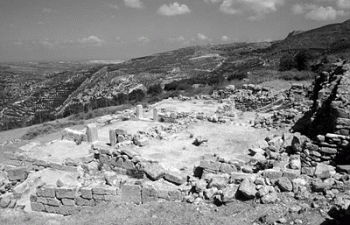American Journal of Archaeology | The Journal of the Archaeological Institute of America
You are here
House and Society in Classical and Hellenistic Crete: A Case Study in Regional Variation
July 2007 (111.3)
House and Society in Classical and Hellenistic Crete: A Case Study in Regional Variation
This article examines a little-known body of material, the remains of Cretan houses from the fifth to the first century B.C.E., to extend our understanding of Cretan society beyond the scanty evidence from literary and epigraphic sources and to test the hypothesis that the communal social institutions described by ancient authors might have led to differences in the role and functions of the household and thus in the architectural form of houses. Analysis of the plans, circulation patterns, and use of space in houses at the two best-preserved Cretan sites of this period, Lato and Trypetos, reveals significant differences from contemporary courtyard houses elsewhere in the Greek world, which could be interpreted as the product of different patterns of social relations within the household and between the household and the community. In particular, it seems women may have been less restricted in these Cretan households than elsewhere. A survey of houses in other areas of Crete shows that this pattern of domestic organization is found at some sites but is not universal. Various possible explanations for this diversity are explored, including the possibility that the unusual house type is related to the existence of the communal system.
House and Society in Classical and Hellenistic Crete: A Case Study in Regional Variation
By Ruth Westgate
American Journal of Archaeology Vol. 111, No. 3 (July 2007), pp. 423–457
DOI: 10.3764/aja.111.3.423
© 2007 Archaeological Institute of America


